Curse of the mummy
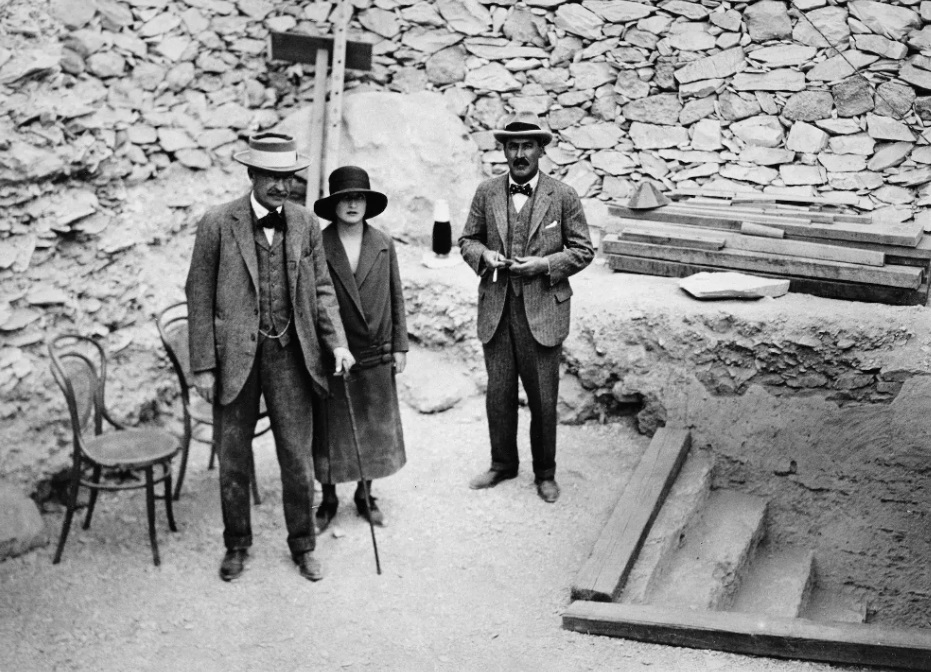
According to Business Insider, Mr. Carter’s glory and reputation came at a price: On the day Mr. Carter opened the tomb, a snake killed his canary. According to the New York Times, some Egyptian officials saw it as a warning from the spirit of the deceased king not to further violate his tomb.
Rumors continued to swirl about the curse of the mummy that Mr. Carter had unearthed, especially when people involved in the excavation began to die.
However, as the decades passed and more and more members of Mr. Carter’s team died, scientists began to wonder if there was another reason for the deaths.
In April 1923, Mr. George Herbert, 5th Earl of Carnarvon, had a fever and cough in a Cairo hospital. When he died on April 5, the lights in the city were turned off. At his home in Hampshire (England), the Earl of Carnarvon’s dog, Susie, died a few hours after his owner passed away.
The New York Times said the death was due to pneumonia – an illness he suffered from that was initially caused by an infected insect bite caused by a razor cut. But because he had been present at the excavation of King Tutankhamun’s tomb a few months earlier, rumors about the curse began to spread.
The Earl of Carnarvon’s newspaper obituary said that even before he fell ill, there was talk of ancient Egyptian curses, with mystical incantations aimed at anyone who dared to disturb his sleep. Sleep of a Pharaoh – King of Egypt.
The day after the death of Earl Carnarvon, the New York Times quoted spiritualist and author of detective character Sherlock Holmes, Arthur Conan Doyle, saying: “An evil spirit may have caused the illness.” danger of the Earl of Carnarvon”.
Around the same time, Mr. Ernest A. Wallis Budge at the British Museum told the New York Times that curse theories were nonsense.
Talk of the curse continued when American financier George Jay Gould died in May 1923 of pneumonia, a few months after visiting King Tutankhamun’s tomb.
Mr. Philip Livingston Poe, a relative of writer Edgar Allen Poe, also suffered from pneumonia a few months after visiting the tomb in 1923. His illness was included in a study and was believed to be related to the curse. mummy, even though he lived another 47 years.
When Mr. Richard Bethell, secretary to archaeologist Howard Carter, died in 1929, many reports said that his death was the 9th, 10th or 13th related to the excavation.
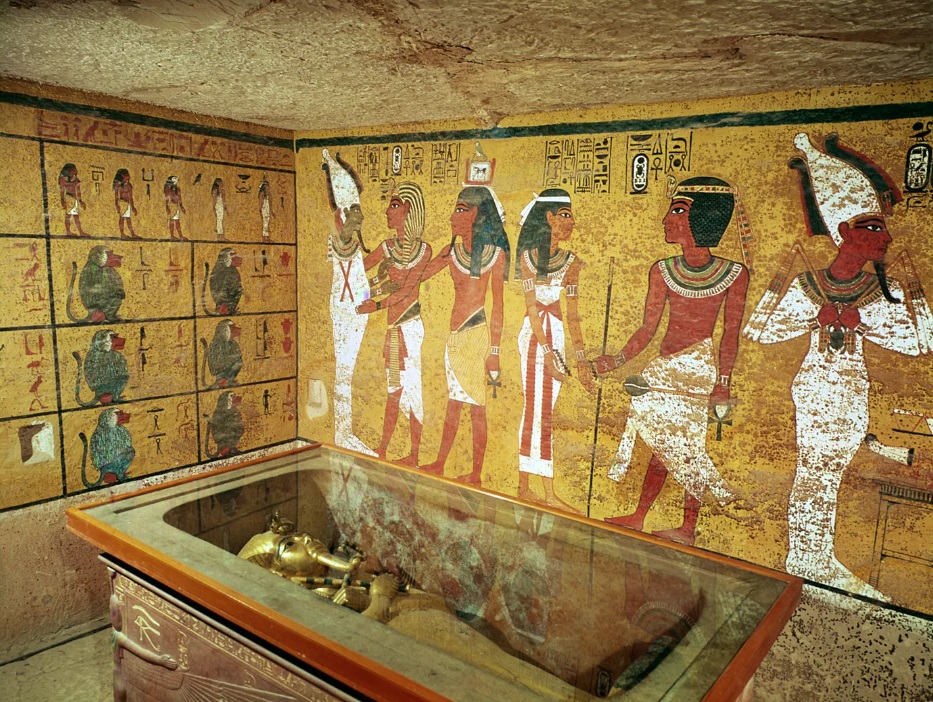
In total, the number of deaths that newspapers attributed to the curse ranged from 9 to over 20 people, depending on whether visitors to the tomb and relatives of the excavators were included.
Many deaths attributed to the curse include those killed in car accidents, shootings, house fires, and people who commit suicide. Some have never visited the mausoleum and are merely related to someone who has visited.
Even though the mummy curse is a hot topic in Western media, it is very rare for Western newspapers to report the deaths of Egyptians in articles about the curse. One of the few people the Western press reported on was Ali Kamel Fahmy Bey, who went to King Tutankhamun’s tomb. In 1923, he was shot dead by his wife at the Savoy Hotel in London.
In fact, dozens of Egyptians contributed to the excavation of King Tutankhamun’s tomb. Because archaeologist Carter never named most of these people in his notes and they were rarely mentioned in the press, it is difficult to know how the excavation work affected their health. how.
Curse of mushrooms?
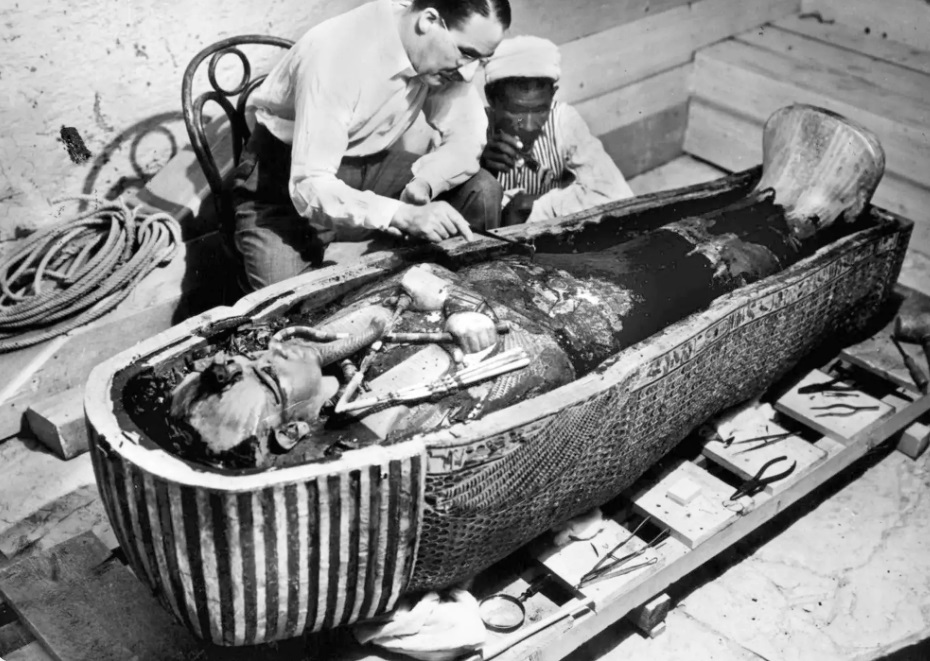
As the decades passed, some scientists wondered if something deadly was lurking in King Tutankhamun’s tomb. Is this a mushroom?
Two doctors wrote an article in The Lancet in 2003, saying that a common mold called aspergillus may have made the Earl of Carnarvon sick.
Aspergillosis can cause coughing and difficulty breathing, but symptoms are more severe in people with weak immune systems. The Earl of Carnarvon initially began visiting Egypt after a serious automobile accident in 1903 damaged his lungs. This condition makes him especially susceptible to mold infection.
In a 2013 study, researchers at Harvard University looked at brown spots found on the walls of King Tutankhamun’s tomb. These spots appeared when archaeologist Carter first opened the tomb. Microbiologists want to determine whether fungi or other bacteria are responsible for the spots and pose a health risk to people entering the tomb.
Although the analysis found evidence of fungal and bacterial communities, they are no longer active and pose no threat to humans or the paintings.
It is impossible to say whether aspergillus or some other fungus contributed to the deaths of the Earl of Carnarvon or the financier Gould. But today, archaeologists wear gloves, masks and sometimes disposable protective clothing to protect themselves from mold.
Perhaps the simplest explanation of the mummy curse is that of Frank McClanahan, a doctor who treated the Earl of Carnarvon during his illness in Luxor. According to this doctor, those who died were a small number out of many who visited the mausoleum. “There are archaeologists coming here all the time from all over the world,” he said in a 1972 interview. If you follow a certain group of people and check back later, you will find that there is a certain mortality rate among them.”
The mysterious tomb of King Tutankhamun
The discovery of King Tutankhamun’s tomb has revealed the mystery of ancient Egyptian civilizations that humans had never known before. This is considered the greatest achievement in the history of archeology in the twentieth century.
Tutankhamun was the 18th king of the Egyptian Dynasty, ascended the throne in 1332 BC when he was just 9 years old. This is the youngest king in ancient Egyptian history. King Tutankhamun’s reign is considered the most brilliant golden age of all Pharaoh’s dynasties. However, in 1322 BC, when he was just 19 years old, King Tutankhamun suddenly died mysteriously.
Over the past few thousand years, while most of the Egyptian Royal tombs have been dug up and all the artifacts in these tombs have been stolen, King Tuttankhamun’s tomb has not. there are traces. This has attracted much attention from the scientific community.
Until the time archaeologist Carter’s excavation team found the steps leading to King Tutankhamun’s tomb, this was still the most intact tomb of any tomb ever found in the Valley of the Kings. When excavations began, the archaeological team discovered a priceless treasure beyond imagination. These are objects made of solid gold, gems, and jade-plated items in the colorful coffin containing King Tutankhamun’s body.
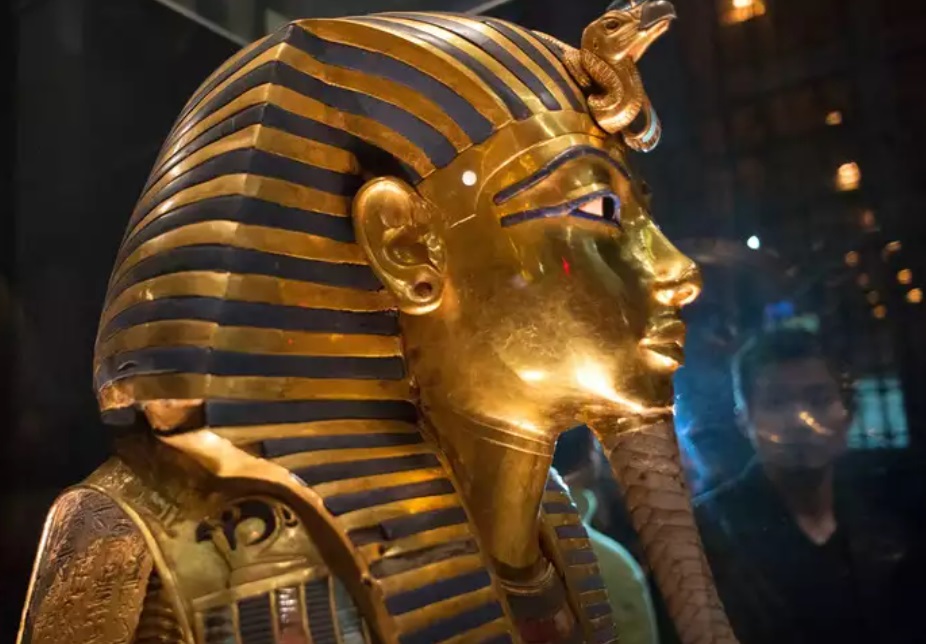
King Tutankhamun’s body was embalmed in an ornate sarcophagus and placed over his face was a golden mask studded with precious stones.
The number of precious burial items in King Tutankhamun’s tomb is so numerous that it has overwhelmed archaeologists. There are more than 5,000 works of ancient craftsmanship, not to mention numerous jewelry, statues, talismans, furniture and even a sarcophagus carved in pure gold. It all surprised the world and helped researchers understand more about Egyptian history of that period.
Archaeologists had to spend 10 years just to catalog and name the objects found in King Tutankhamun’s tomb.
It was only when archaeologist Carter published his research on the existence of Tutankhamun’s tomb that the archaeologists believed that the “Tutankhamun treasure” was real and not just in legend.
After publishing Mr. Carter’s research on King Tutankhamun’s mummy, people learned the king’s height: 1.6m. Like his ancestors, he was raised to be a warrior. In his tomb, there are 6 chariots, 50 bows, 2 swords, 8 shields, 2 daggers, and slingshots of all kinds. On the wooden chests in his tomb, there are images depicting him riding a horse, charging into the citadel, his hand raised with a bow to shoot, and the wheels of his chariot crushing the Nubian invaders.
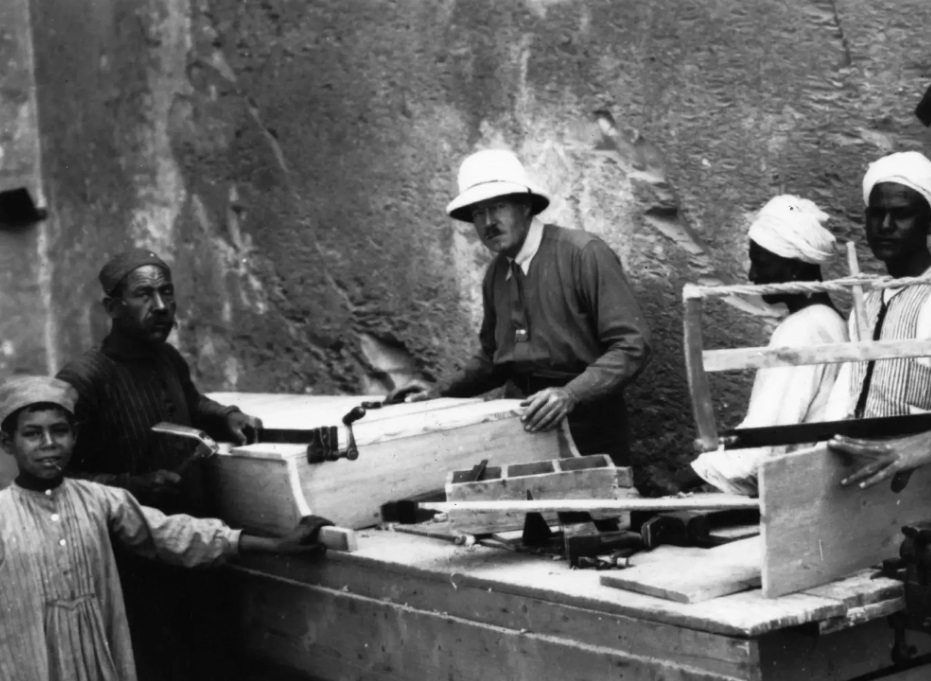
After much research, until November 3, 2013, the mystery of the death of Egyptian King Tutakhamun was revealed after more than 3,000 years. British scientists created a detailed three-dimensional image of King Tutankhamun’s mummy and noticed that there were tracks of war wheels running over his body. After fully recovering images of the injuries, researchers concluded that the left half of this Egyptian king’s body was run over by a wheel, causing him serious injuries and instant death.
Since Tutankhamun’s tomb was discovered with almost intact artifacts, Egypt’s Valley of the Kings became famous. This valley became a world heritage site in 1979 and until now, exploration, excavation and conservation activities are still continuing.
However, more and more tourists come here, negatively impacting historical sites. After opening, the mausoleum was damaged due to temperature changes… In addition, bacteria and moisture from visitors’ breath, heat from human bodies as well as from light bulbs damaged the mausoleum. tomb.
With the desire to preserve precious relics, the Egyptian government rebuilt a mausoleum identical to the real one. It took archaeologists 5 weeks to record every detail of the tomb. They also use laser scanners to capture shapes, textures and colors and then use the machine to create exact copies. This makes visitors feel like they are seeing the “real thing”.